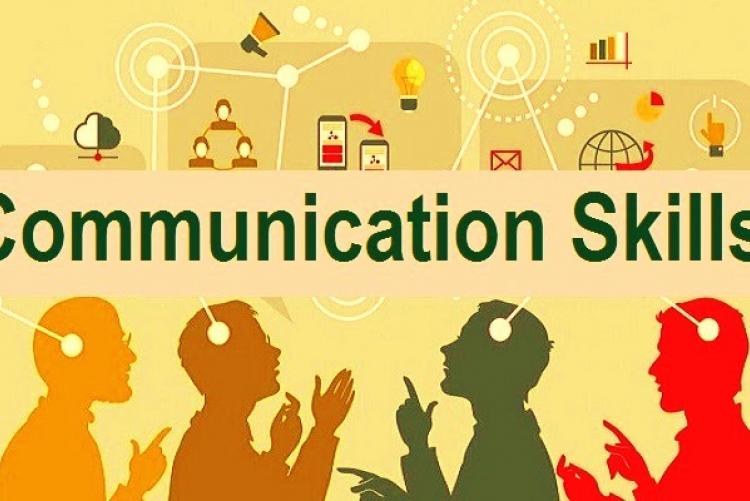Foundation of communication skills

3. Barriers and solution to effective communication
3.1. Barriers to effective communication
🚧 Barriers to Effective Communication
Effective communication means that a message is clearly sent, received, and understood as intended. But various barriers can prevent this from happening. Here’s a clear breakdown of the main types of barriers:
🧱 1. Physical Barriers
These are obstacles in the environment that interfere with communication.
Noise (loud environment)
Poor lighting
Distance between sender and receiver
Faulty equipment (e.g., poor phone network)
📌 Example: A noisy classroom makes it hard for students to hear the teacher.
🧠 2. Psychological Barriers
These are mental or emotional factors that affect communication.
Stress, anger, or anxiety
Low self-esteem or fear of judgment
Personal biases or assumptions
Lack of interest or motivation
📌 Example: A shy student may avoid speaking in class, even if they know the answer.
🗣️ 3. Language Barriers
Problems that arise due to differences in language or how it is used.
Use of jargon, slang, or technical terms
Poor grammar or pronunciation
Language differences between the sender and receiver
📌 Example: A doctor using medical terms a patient doesn’t understand.
👀 4. Perceptual Barriers
These occur when people interpret messages differently based on their perceptions or past experiences.
Misunderstanding tone or intent
Assuming meaning without clarification
Judging the speaker before listening
📌 Example: A manager’s strict tone may be misread as anger.
🏢 5. Organizational Barriers
These arise from the structure and culture of an organization.
Rigid hierarchy or chain of command
Lack of communication flow between departments
Unclear roles or reporting lines
📌 Example: Employees not feeling free to speak openly due to strict management.
🌍 6. Cultural Barriers
Differences in values, norms, and communication styles from one culture to another.
Gestures that mean different things in different cultures
Differences in eye contact, greeting, or personal space
Misunderstanding cultural references or humor
📌 Example: A direct communication style in one culture may be seen as rude in another.
🧏 7. Technological Barriers
Issues caused by the tools used in communication.
Poor internet connection
Incompatible software or devices
Lack of digital skills
📌 Example: A virtual meeting with poor audio and video quality.
